CNN structure evolution process
The evolution of CNN architecture, as illustrated in the following figure, began with early neurocognitive models and the development of convolutional structures. However, the first CNN model was introduced in 1989, and LeNet was developed in 1998. With the introduction of ReLU activation functions, dropout regularization, and the rise of GPU computing and large-scale datasets, CNNs experienced a major breakthrough over the next 12 years. After this period, the evolutionary path of CNNs can be summarized into four main directions: 1) deeper network architectures, 2) enhanced convolution operations and feature aggregation, 3) expansion from classification to object detection, and 4) the integration of new functional modules.
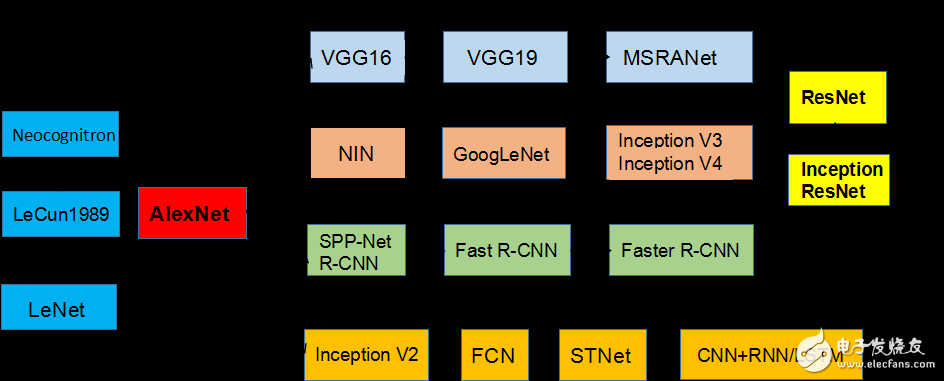
Start – LeNet

In 1998, LeCun introduced LeNet, which was successfully applied to handwritten digit recognition in the U.S. However, it wasn't long before CNNs were overshadowed by SVMs and handcrafted features, which dominated the field at the time.
Turning Point – AlexNet

AlexNet's success marked the return of deep learning to the spotlight. Several key factors contributed to its success:
- Nonlinear activation function: ReLU
- Overfitting prevention techniques: Dropout and data augmentation
- Large-scale training data: Millions of images from ImageNet
- Hardware support: GPU acceleration and LRN normalization layers
First Evolution Path: Deeper Networks
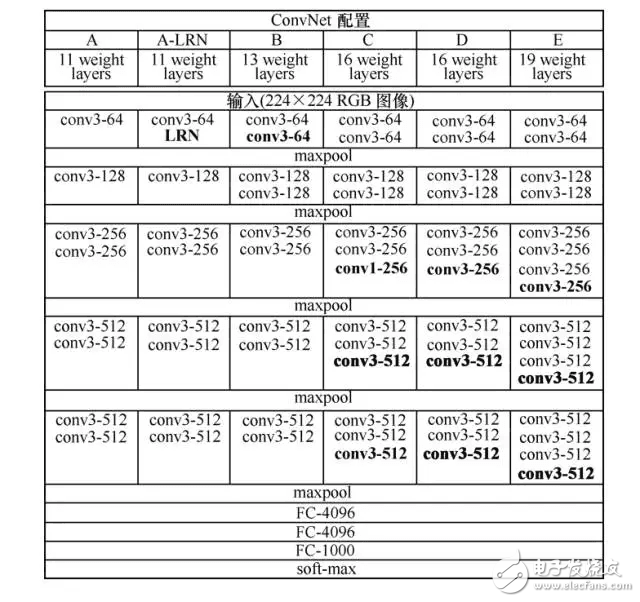
VGGNet is considered a deeper version of AlexNet, as described in the paper "Very Deep Convolutional Networks for Large-Scale Visual Recognition" by Karen Simonyan and Andrew Zisserman. VGGNet and GoogLeNet ranked first and second in the 2014 ImageNet competition, with Top-5 error rates of 7.32% and 6.66%, respectively. VGGNet consists of five convolutional blocks, two fully connected layers for feature extraction, and one final layer for classification, making it a more complex structure than AlexNet.
Second Evolution Path: Enhanced Convolution Modules
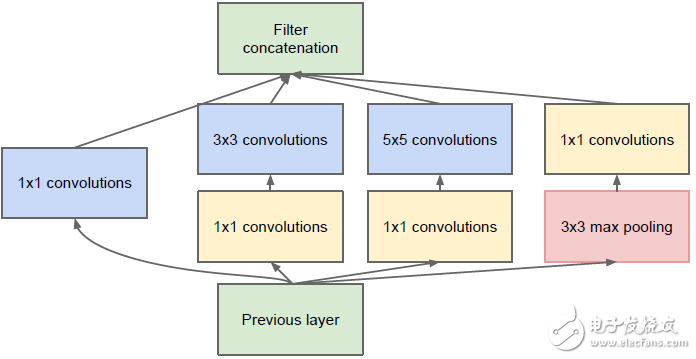
The concept of NIN (Network in Network), introduced by Min Lin, Qiang Chen, and Shuicheng Yan, brought two significant improvements to traditional convolutional operations. It replaced linear convolution layers with multilayer perceptrons and replaced fully connected layers with global average pooling. This approach laid the foundation for the development of more powerful convolutional modules.

This innovation led to the emergence of new branches in CNN evolution, particularly in enhancing convolutional modules. In 2014, GoogLeNet (Inception V1) won the ILSVRC challenge, reducing the Top-5 error rate to 6.67%. For more details, refer to the paper "Going Deeper with Convolutions" by Christian Szegedy and Wei Liu.
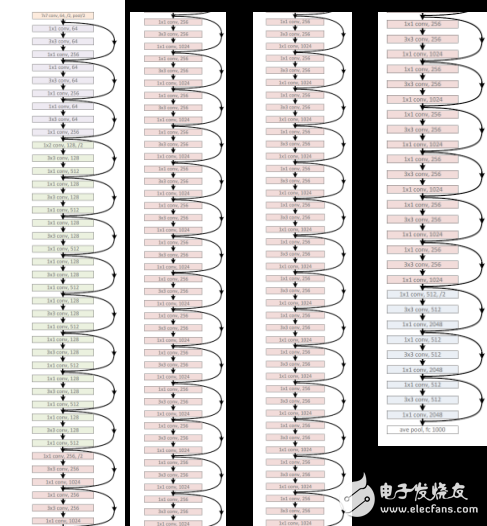
ResNet, although not the deepest in terms of layer count, is known for being significantly deeper—up to 152 layers. Current research has even surpassed 1,000 layers. The key innovation of ResNet is the residual network, a technique that became central to AlphaGo Zero. As shown in the figure, the core idea behind ResNet is to address the issue of training very deep networks. Inspired by Highway Networks, it introduces shortcut connections that allow input to bypass certain layers, effectively changing the optimization target from H(x) to H(x) - x, where H(x) represents the original mapping and x is the input.
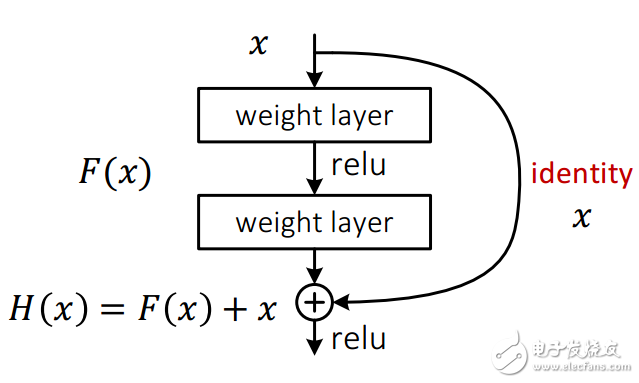
These advancements have significantly shaped the trajectory of CNNs, enabling them to achieve remarkable performance in a wide range of computer vision tasks.
Realpoo Optics is a professional manufacture of laser modules in the world. Our company possess Experienced engineer, Professional production line,excellent testing machine as well as advanced instrument. With the advantages,we offer Laser Module,laser diode,laser lamp,laser stage lamp,laser eripheral product,PCB circuit design and development and so on. We can ensure higher qualified rate.
Cross Laser Module,Cross Lasers,Cross Hair Laser,Cross Line Laser
Changchun Realpoo Photoelectric Co., Ltd. , https://www.optics-realpoo.com